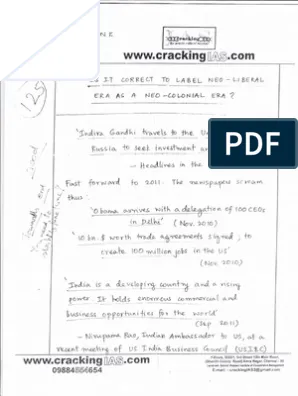- Home
- Prelims
- Mains
- Current Affairs
- Study Materials
- Test Series
Examine the Major Challenges in producing green hydrogen
- Green hydrogen is hydrogen that is produced using renewable energy through electrolysis.
- Green hydrogen has significantly lower carbon emissions than grey hydrogen.
Challenges in producing green hydrogen
- Electrolyser challenge
- Electrolyser is a system that uses electricity to break water into hydrogen and oxygen in a process called electrolysis.
- According to International Energy Agency, as of 2021 the global manufacturing capacity of electrolysers stands at 8 GW/year.
- So, if India were to achieve its 2030 target, it would need 60-100 GW (gigawatt) of electrolyser capacity, which means almost 12 times the current global production capacity.
- Lack of access to critical minerals such as nickel and rare earth metals such as lanthanum and zirconium to overcome the electrolyser challenge.
- These resources are concentrated in China, Democratic Republic of Congo (DRC), Australia, Indonesia, South Africa, Chile and Peru.
- India has limited processing capabilities in these minerals.
- Energy source challenge
- Green hydrogen requires renewable energy as a source of electricity.
- India''s plan is to install 500 GW of renewable energy capacity by 2030 but currently 174.53 Giga Watts.
- Endogenous resources challenge
- Production of one kg of hydrogen by electrolysis requires around nine litres of water.
- Electrolysis is the process of using electricity to split water into hydrogen and oxygen.
- In the case of India, its requirement of approximately 50 billion litres of demineralised water supply.
- As several parts of India are already severely water-stressed.
- It will impact biodiversity and create challenges and limitations in the location of electrolysers.
- Policy challenges
- Uncertainty in the policy framework
- Lack of research and development (“R&D”)
- Capital-intensive process can cause burden to government funds.
Looking forward
- Set up largescale manufacturing, build expertise and secure geopolitical partnerships for the procurement of critical minerals.
- Improve the overall technical and economic viability of electrolysers year-over-year.
- Add efficiently and economically close to 100 GW of overall renewable energy capacity per year over the next seven years and make available dispatch corridors and mechanisms.
- Establish safety standards for green hydrogen storage and transportation, adding to the cost of hydrogen as a fuel.
- Green hydrogen hubs to strike a fine balance between being renewable energy-rich, water resource-rich and being close to hydrogen demand (end-use) centres for them to be economically feasible while keeping the additional costs minimum.
Currently, the global levelized cost of producing green hydrogen ranges between Rs. 250-650/kg while India aims to produce green hydrogen in the range of Rs 100-150/kg by 2030. It is a difficult task to accomplish. There are challenges on the way but there is a huge benefit if India will achieve the green hydrogen target. It will surely boost the economy and will give new hights to our energy sector.









 Latest News
Latest News
 General Studies
General Studies